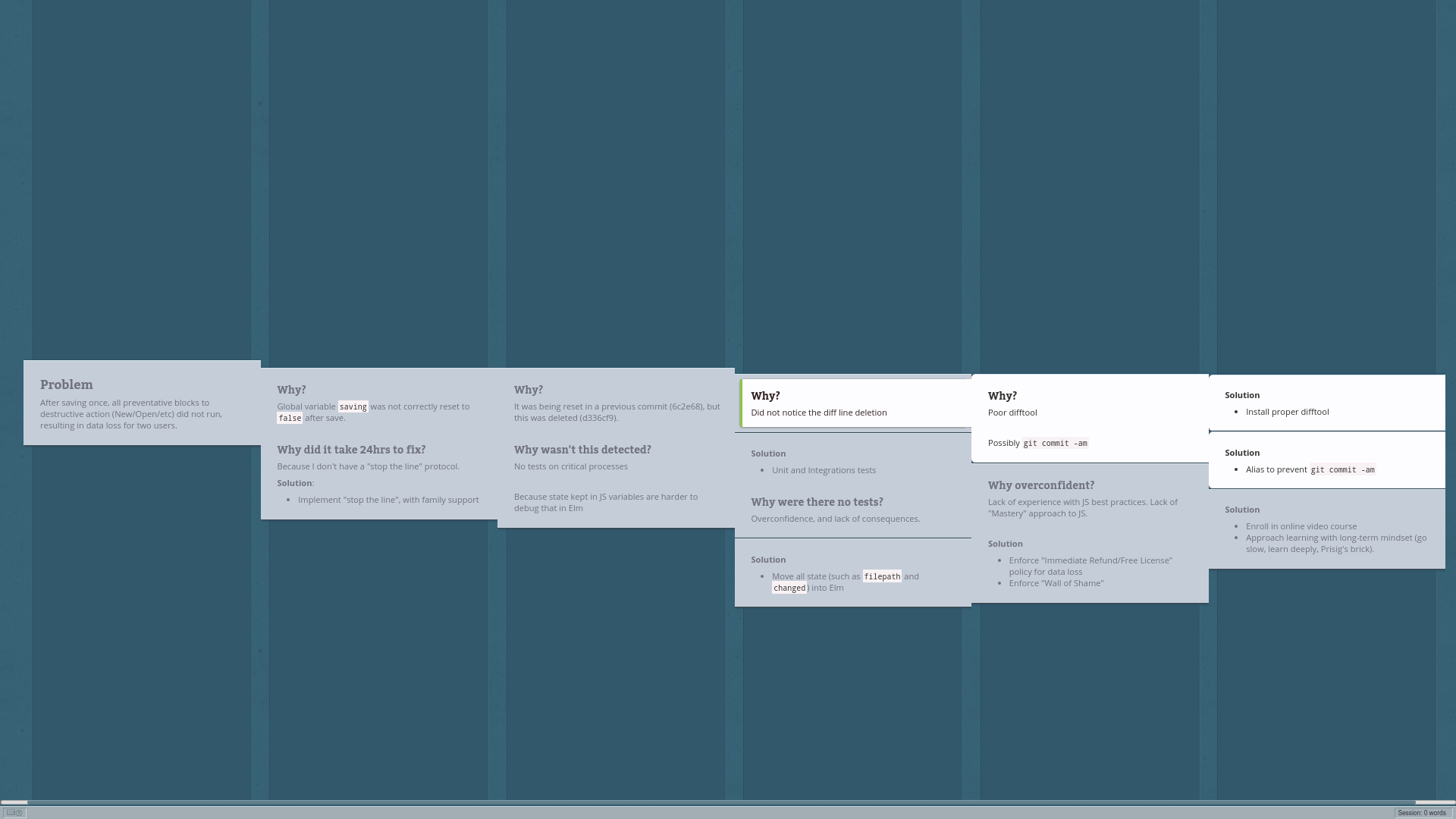My previous post was about some ways to use deliberate practice to improve narrow areas of your creative work.
The idea was simply to take a portion of someone else’s finished work, and fill in the gaps yourself… that way you can focus only on the parts you most need to work on. If you’re having trouble with endings, rewrite other people’s endings. If dialogue is an issue, rewrite other people’s dialogues… etc.
But your comments on that post, extolling project-based practice instead, got me thinking.
The benefit of a project-based practice approach is that you improve all aspects of your craft, simultaneously. The main drawback of this project-based approach is lack of repetitions…
Then I realized that I was splitting things up wrong. It’s not whether our practice is “project-based” or “narrow-technique-focused” that matters… it’s the number of repetitions we put in. Because we think of a “project” as something that takes multiple days/weeks/months to complete, we miss an opportunity to get frequent repetitions of holistic practice: simply complete a project a day!
The key variable to play with is Scale. Make your “projects” small enough to finish in a single work session. Say, 1.5 to 3 hours, depending on your available time.
The funny thing is, I wrote about using scale and frequency to improve, much more extensively, but I seem to have failed to take my own advice. Note that in that post I emphasize Frequency and Quality, but I’ve since come to realize that Frequency is by far the most important variable to focus on. I am not always proud of the work I produce under my new “Daily Writing” habit, but I know that also aiming for quality in such a limited time was an unnecessary barrier to producing work regularly.
I have since bought and read (twice) the book I linked in passing in that post:
- Daily Painting: Paint Small and Often To Become a More Creative, Productive, and Successful Artist [Amazon | Libraries]
Even if you just read the free Kindle Sample chapters, you’ll see why it’s a compelling approach for any creative field.
I’ve now been writing mostly-sci-fi, mostly daily, for two weeks. I aim to write a complete story in 400 words.
It’s not the first time I’ve rediscovered an idea like this. I still remember, vividly, finding a diary I wrote when I was 14, that said: “One line, One word, One note.” I was reminding myself to stop overthinking things, and just focus on drawing one line, writing one word, playing one guitar note.
Alas, I’ve changed “productivity” systems so many times in the intervening years, that the wisdom I had even at age 14 got scrambled in the process. I hopeI can finally learn how stick to the basics, and focus more on consistency than complexity. That is why I now write this quote on an index card every morning:
“Nothing hinders a cure so much as frequent changes of treatment.”
– Seneca, Letter 2
